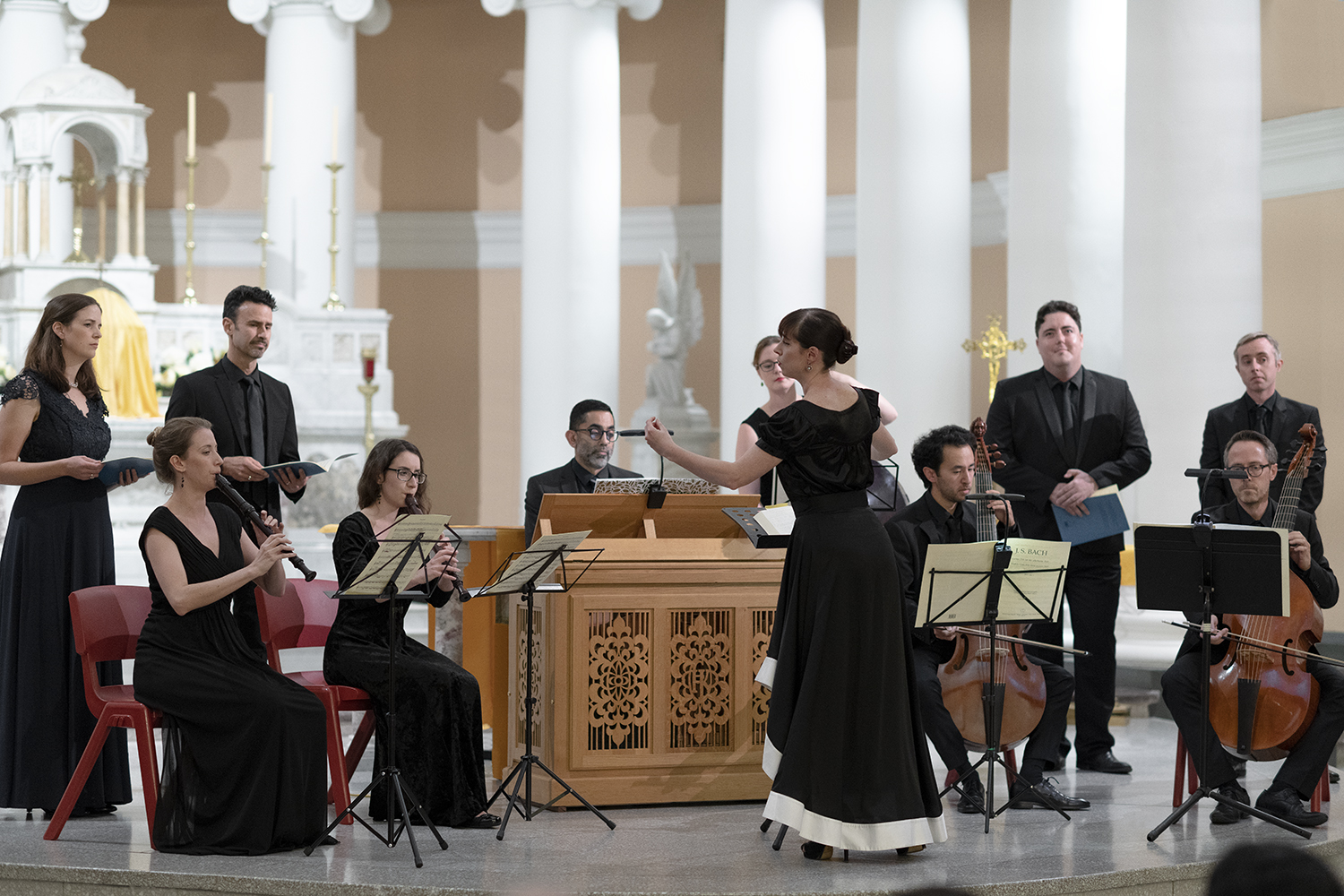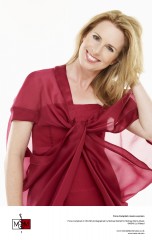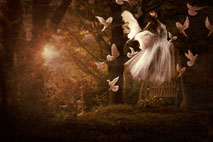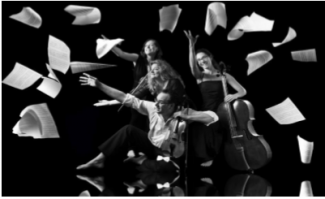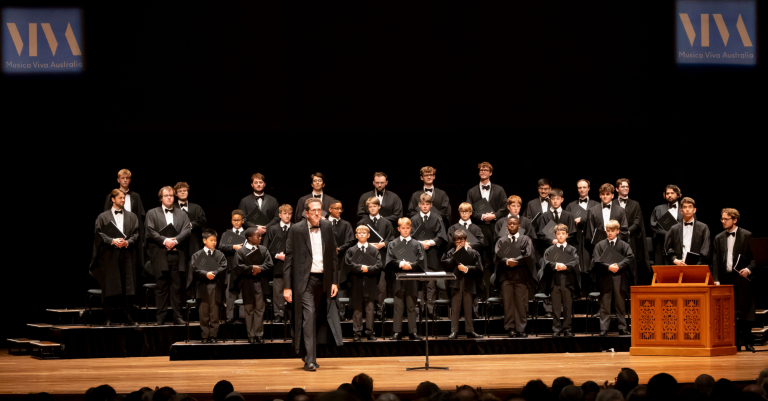Concert Review: The Sacred Music Of J S Bach/Bach Akademie Australia

The Sacred Music of J S Bach/Bach Akademie Australia
St Francis of Assisi Catholic Church, Paddington
21 April, 2018
Formed a year ago in April 2017, by violinist Madeleine Easton, the Bach Akademie Australia has gathered a formidable reputation as interpreters of the music of JS Bach. Their latest performance was an immersion in his music. Performed on period instruments by a select ensemble of specialist musicians, it was an evening of luxurious programming and artistry.
Choosing just four works from the vast canon of JS Bach’s output, the BAA, led by Easton and pared down to minimal forces, unravelled some of the complexities and joys of Bach’s writing with choral and instrumental chamber works.
The profound early cantata known as Actus Tragicus BWV 106, Gottes Zeit ist die allerbeste Zeit (God’s time is the best of all times), opened the concert, making a statement at many levels. Conducted by Easton, the ensemble illustrated the depth of interaction between Bach’s music and theology, his unusual combination of instruments and his musical devices. Written for a funeral, two recorders (Mikaela Oberg and Alexandra Bailliet-Joly) sway comfortingly over the continuo part (Neal Peres Da Costa on harpsichord, Daniel Yeadon and Anton Baba playing viola da gamba, and Jacqueline Dossor on double bass) in alternating sombre and joyous rhythms.
The vocal soloists – soprano Susannah Lawergren, counter-tenor Tobias Cole, tenor Richard Butler and bass Andrew O’Connor – were well-matched in timbre and style. There were many highlights, among them Tobias Cole’s alto aria with Neal Peres Da Costa and Daniel Yeadon, the melismatic lines of Andrew O’Connor who retained a lightness despite the lower tessitura and the lamenting rendition of the tenor aria by Richard Butler. The piece de resistance within this cantata is surely the Chorus and Soprano Arioso Es ist der alte Bund. Susannah Lawergren’s refreshing and luminous declamations of Ja komm, Herr Jesu! over the cantus firmus of the lower voices provided the pivot between the old and the new. Lawergren ended this famous chorus with delicate ornamentation and a dramatic suspension that faded to a hush, anticipating the promise of redemption and a new beginning, affirmed by the exuberant performance of the cantata’s conclusion.
Bach’s masterwork Die Kunst der Fuga BWV 1080 (The Art of Fugue) was written late in his life. Left unfinished, there are no instructions regarding its instrumentation. The BAA led from the violin by Madeleine Easton performed the first four pieces of this anthology of variations, arranged for string quintet. The powerful four voice fugal theme was stated simply, introduced by the second violins, taken up by the first violins, the two lower stringed instruments and then the viola. The theme then embarks on what Bach scholar Christoph Wolff, describes as “an exploration in-depth of the contrapuntal possibilities inherent in a single musical subject”, each fugue evolving in complexity. The ensemble gave a vibrant and erudite account of the French style dotted rhythms of Contrapunctus II; the gripping dissonances of Contrapunctus III and the inversions of Contrapunctus IV.
In the Brandenburg Concerto, No 2, BWV 1047, Bach replicates his penchant for the unconventional with the spotlight on violin, recorder and oboe against a foundation of strings and continuo, providing a foil for the searing brilliance of the clarino trumpet played in a consummate performance by Baroque trumpeter Richard Fomison. The instruments individually represent a spectrum of contradictory colours and tones, from the woody recorder, the brightness of the harpsichord and the boldness of the trumpet. Together, they are more than the sum of their parts. The jubilation of the first movement was followed by an introspective second movement performed by a concertanto group comprising violin, recorder and oboe with cello and harpsichord continuo. The trumpet makes a blazing comeback in the third movement. Fomison’s performance was thrilling and the empathy amongst the ensemble was tangible in this concerto which demands that the musicians perform as soloists as well as ensemble players.
Neal Peres Da Costa playing the harpsichord and gambist Daniel Yeadon in a dazzling display of bowing, performed Bach’s Viola da Gamba sonata no 3 in G minor BWV 1029. The title unfairly focuses on the gamba even though Yeadon and Peres Da Costa delivered bravura playing in equal measure as they duelled over theme and counter-theme contrasting the rapid outer movements with a languid improvisatory dialogue in the Adagio middle-movement.
Finally, the entire ensemble was conducted again by Easton, in the Cantata BWV 175, Er rufet in sienen Schafen mit Namen (He calls His sheep by name). Heralded by recitatives from Richard Butler, the 7-part cantata is essentially a piece for alto, tenor and bass soloists – performed admirably by Cole, Butler and bass Andrew Fysh with Susannah Lawergren joining in the final chorale with the instrumentalists comprising two trumpets, three recorders, violins, viola, violoncello piccolo and basso continuo.
Roland Peelman’s learned programme notes were a prized adjunct. It was an evening of insightful programme selections which entertained and informed, realised in style by some of Sydney’s best early music performers.
Shamistha de Soysa for SoundsLikeSydney©

